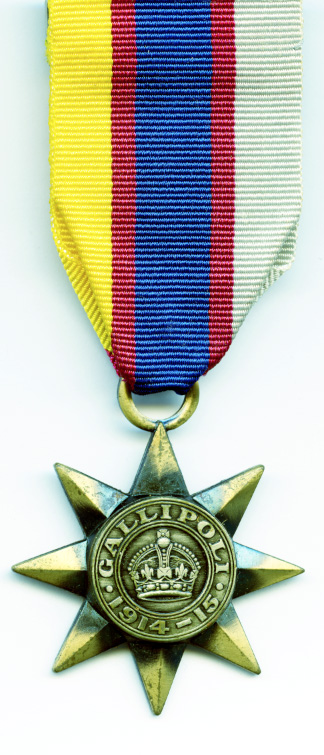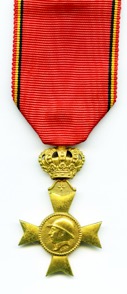If you are a regular reader of The Cove, you know that we present Medals Of The Month in partnership with the Army Museum of New South Wales.
The Museum has a number of medals in its collection not officially issued by a government. Here are three that relate to World War One.
The Somme Medal. (Medaille Commemorative des Batailles de la Somme)
 The Somme Medal not an official campaign medal. The medal was issued to those who were able to prove that they had participated in any of the battles that occurred in the Somme region from 1914 to 1918.
The Somme Medal not an official campaign medal. The medal was issued to those who were able to prove that they had participated in any of the battles that occurred in the Somme region from 1914 to 1918.
The medal is made from bronze and features two soldiers from antiquity with a French cockerel behind the British lion in the foreground on one side. Above the warriors is a nymph which represents the Somme. The figure is reclined with her left forearm resting on an urn, out of which flows the river. Text beneath the warriors reads 'BATAILLES DELA SOMME JVILLET-NOVEMBRE MCMXVI'. The reverse is plain with text only, which reads 'COMBATTANTS DE LA SOMME 1914-1918-1940'. The translation of the inscription reads ‘Battles of the Somme, July-November 1916', while the other side carries a single inscription translating as ‘Combatants of the Somme 1914-1918-1940’.
The Gallipoli Star
 The Gallipoli Star not an official campaign medal. The original idea of a Gallipoli medal (ANZAC Star) was first proposed by Lieutenant General Birdwood* in 1917, but despite being approval by King George V it was never issued. British parliamentarians and media protested because it was only to be awarded to ANZAC troops, and not to other Empire troops who had taken part the Dardanelles Campaign. In 1918, even after ribbons, but not medals, had been shipped to Australia and New Zealand, the award was cancelled, instead, eligible participants were awarded the 1914 – 1915 Star.
The Gallipoli Star not an official campaign medal. The original idea of a Gallipoli medal (ANZAC Star) was first proposed by Lieutenant General Birdwood* in 1917, but despite being approval by King George V it was never issued. British parliamentarians and media protested because it was only to be awarded to ANZAC troops, and not to other Empire troops who had taken part the Dardanelles Campaign. In 1918, even after ribbons, but not medals, had been shipped to Australia and New Zealand, the award was cancelled, instead, eligible participants were awarded the 1914 – 1915 Star.
The medal was designed by R K Peacock. It is an eight-pointed bronze star (represented NZ and the states and territories of Australia) surrounding a silver disc. On the disc the words "Gallipoli 1914-15" surrounded the King's crown.
The ribbon has a blue centre with yellow on the wearer's right and silver (white) on the left. Between the yellow and blue and between the blue and white there is a narrow strip of red. The yellow represented the Australian wattle, white the NZ silver fern, blue the ocean and the red represents the Australian gum blossom and NZ rata.
In 1990, Ross Smith, a Warrant Officer veteran of the Vietnam War, manufactured the medal and presented them as a personal gift to the remaining 200 Gallipoli veterans still alive at that time, and offered the remaining 1800 medals to collectors.
* British commander of the Australian Imperial Force for most of World War One. Commanded the Australian and New Zealand Army Corps at Gallipoli, and in September he took command of the entire British Dardanelles army.
Cross of the Veterans of King Albert I (Croix des Veterans du Roi Albert I) 1909-1934 (Also known as King Albert I Veteran's Cross 1909-1934)

The Cross of the Veterans of King Albert I is not an official medal. The medal was made available by purchase in the late 1960s and 1970s to all Allied veterans of the First World War who had served in Belgium during the First World War, or their next of kin.
The medal is of gilt metal in the shape of a Maltese Cross with scroll and swivel crown suspension; the face with a circular central medallion bearing the helmeted head of King Albert I. The reverse with a circular central medallion inscribed ‘LES VETERANS DU ROI ALBERT’ (The veterans of King Albert I) and dated ‘1909-1934’.










Hope this helps.